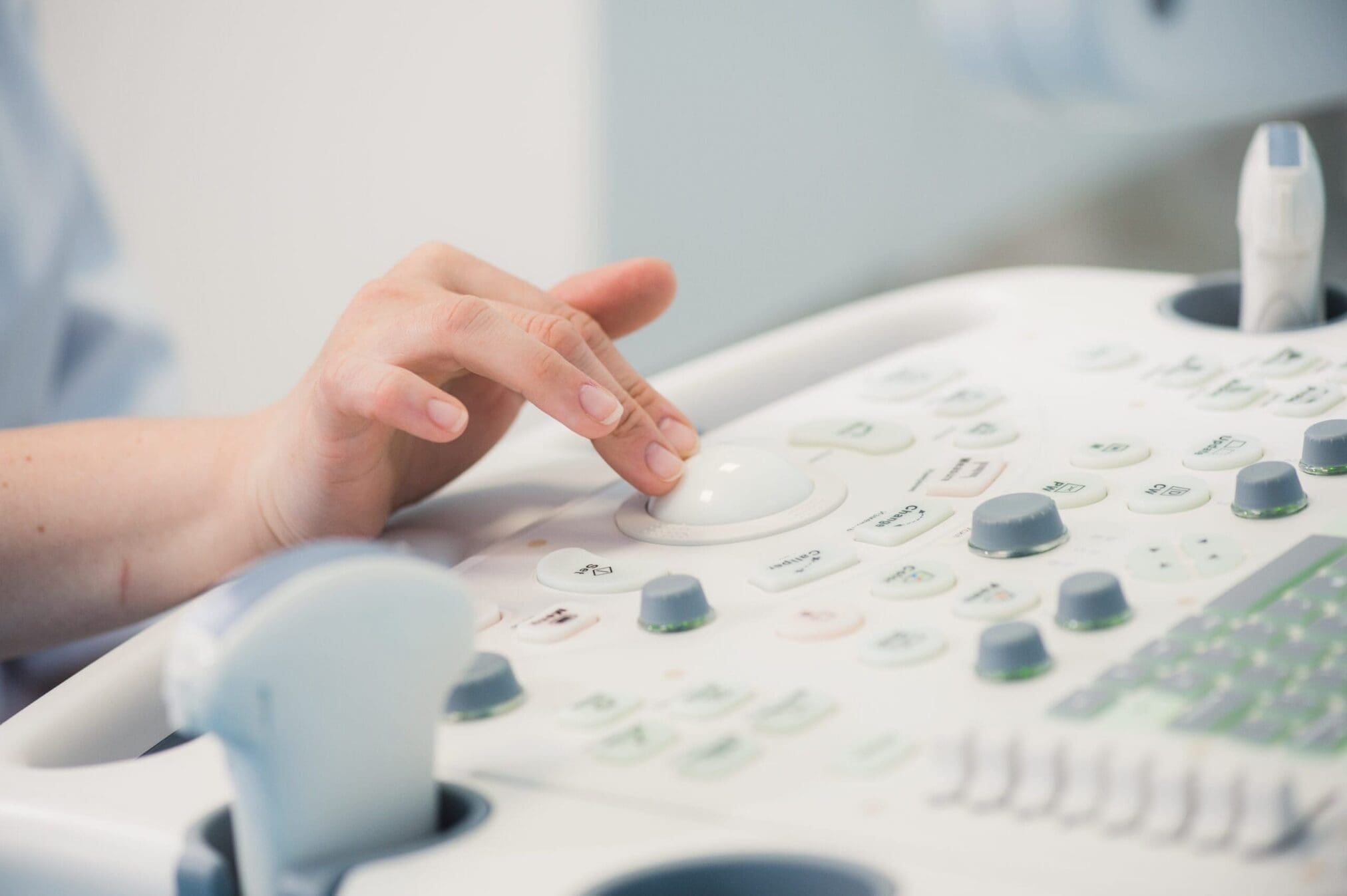After having defined and explained the Medical Device Classification System in our last blog post, it’s possible that one unexpected question has arisen – what actually is a medical device? In this blog post we will seek to answer that question.
Pining a definition to the term ‘medical device’ has never been easier since the introduction of Medical Device Directive 93/42/EEC. Introduced on June 14, 1998, and amended on September 5, 2007, the directive came into effect in March 2010 and established the essential requirements and harmonized standards for the manufacture, design, and packaging of medical devices. It is advisable, where possible, to pay close attention to the 2007 amendment as it contains an update on such industry changes as the definition of a medical device, things which are not considered a medical device, and the explanation of Member State’s role in the process. Such amendments became necessary due to rapid advancements in technology and the development of international initiatives.
Under this directive, the term ‘medical device’ is defined as any instrument, apparatus, appliance, software, material, or other article used in medical practice. This includes devices used alone or in combination with software necessary for:
- Diagnosis, prevention, monitoring, treatment or alleviation of disease
- Diagnosis, monitoring, treatment, alleviation of or compensation for an injury or handicap
- Investigation, replacement or modification of the anatomy or of a physiological process control of conception and which does achieve its principal intended action by pharmacological process, immunological or metabolic means but may be assisted in its function by such means.
The medical device directive calls for all manufacturers who distribute in the European Economic Area to comply with essential requirements that benefit the safety of those in the EEA. The devices must be designed and manufactured in such a way that as they are used by patients, they will in no way compromise the health of the patient. The directive ensures that the performance of the device promised by the manufacturer is achieved. In order to comply with all the essential requirements, manufacturers located outside of the EU must appoint a European Authorized Representative (EC REP) to ensure their products’ compliance and have a registered address in the EU.
Staying up-to-date with the latest changes in legislation or regulation is vital for manufacturers who are looking to affix a CE Mark or introduce a medical device to the European market as these standards specify the basic requirements that medical devices must fulfil under the EU directives.
If you need advice on determining the nature of a medical device, or are unsure of what applicable standards and procedures apply to which devices, feel free to contact us.


